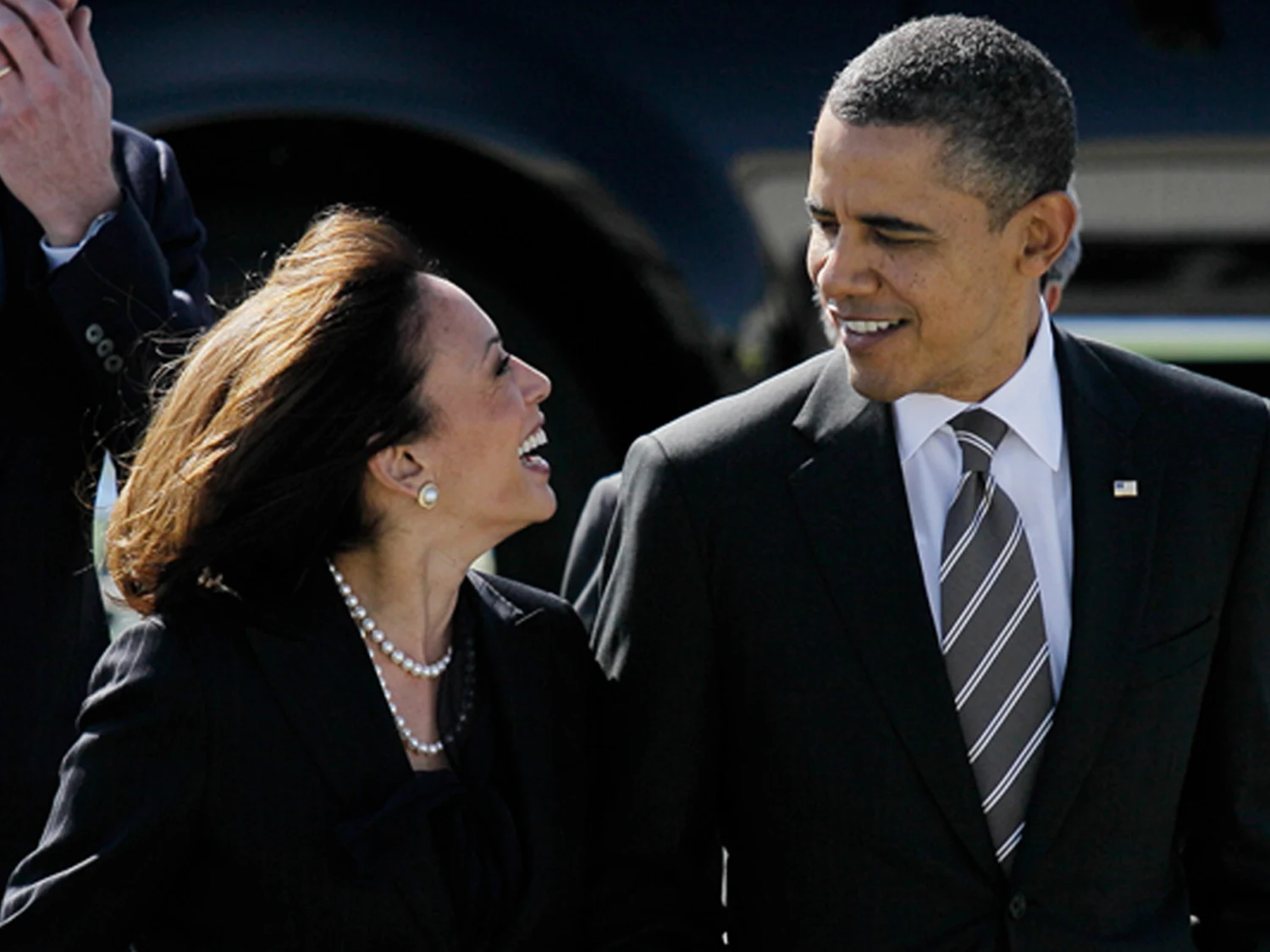Reuters, the New York Times, CNBC, ABC News, and Bloomberg contributed to this report.
General Motors is bracing for a $1.6 billion hit to earnings as the EV boom cools and Washington yanks the biggest carrot from the market. In an SEC filing, the automaker said it will book the charge against third-quarter results — about $1.2 billion in non-cash impairments tied to “adjustments to our EV capacity,” plus roughly $400 million in cash tied to canceling supplier deals and other settlements. Translation: plants, equipment and contracts priced for a faster EV future now need to be resized for a slower reality.
That reality changed fast. Battery-car sales have been losing steam since early 2024 and are now expected to tumble after Congress and President Trump killed the $7,500 federal tax credit for new EVs on Sept. 30. Shoppers rushed to buy before the cutoff, but analysts think the hangover will last well into 2026. GM’s own finance chief, Paul Jacobson, has stopped pretending scale will save the day anytime soon. He told investors the path to profit was supposed to come from volume, but with demand resetting lower, the near-term playbook shifts to stripping out costs rather than flooding the market with more nameplates.
The company has already started tapping the brakes. Output will be trimmed at its Spring Hill, Tennessee, and Detroit-Hamtramck plants between now and year-end. Earlier this year GM also sold its stake in a planned battery facility with LG Energy Solution, even as other joint-venture cell plants keep churning in Spring Hill and Warren, Ohio. The review isn’t over; GM warned it’s “reasonably possible” more charges are coming as it reassesses its EV footprint and battery investments.
Detroit’s rivals are making similar U-turns. Stellantis shelved plans for an electric pickup and is reviving gasoline models that had been on the chopping block. Volkswagen walked away from a US electric sedan. Honda nixed an electric Acura. Ford slowed its battery rollout, pushed back two of four planned US cell plants, delayed several EV models and still racked up a $2.2 billion loss in its EV division in the first half.
None of this means GM is abandoning electric. The company says retail EVs from Chevrolet, GMC and Cadillac stay in market, and it’s still picking up share within what remains a niche segment. But the math has changed. With the tax credit gone and emissions rules loosened, the stampede toward battery power has turned into a jog, and capital is being redeployed accordingly. As Jacobson put it, the task now is to find the “natural” level of demand — and build to that — while making the hardware cheaper to produce.
The bigger story is a policy whiplash that’s expensive to absorb. A year ago, GM was touting an EV tailwind. This fall, it’s taking a write-down and warning more may follow. Detroit will enjoy the comfort of fatter margins on trucks and SUVs as it leans back into combustion — but without a booming new segment to offset the grind, and with investors staring at an industry that still looks cyclical, political, and short on easy wins.










The latest news in your social feeds
Subscribe to our social media platforms to stay tuned